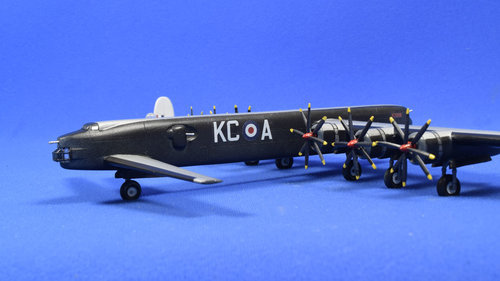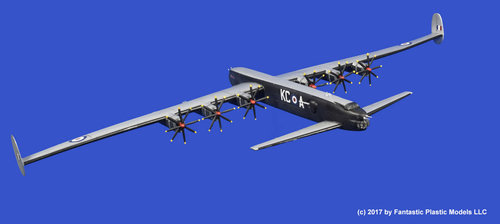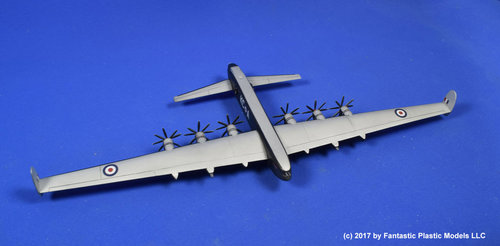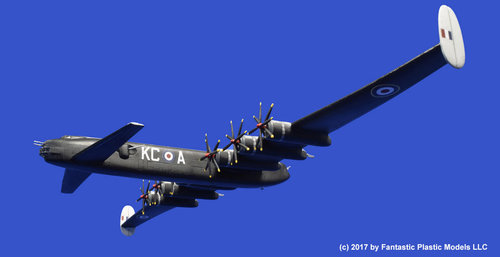g0229
I really should change my personal text
- Joined
- 4 February 2017
- Messages
- 11
- Reaction score
- 34
In 1942, Britain's Vickers company began developing plans for a giant heavy bomber with which to carry large bomb loads into the heart of Nazi Germany. Several variations of this six-engine behemoth were developed, the "Type C" perhaps being the most radical. It was distinguished by its massively long wings, each tipped with its own tail/rudder. It also featured a large foreplane that provided frontal lift and allowed for low landing speeds.
Because it had no tailplane, the wings were shifted back towards the aircraft's center-of-gravity, which would have made the installation of jet engines extremely easy.
Development of the Vickers Type C would have no doubt taken years, meaning the plane would likely not have seen service before the war's end in May 1945



Because it had no tailplane, the wings were shifted back towards the aircraft's center-of-gravity, which would have made the installation of jet engines extremely easy.
Development of the Vickers Type C would have no doubt taken years, meaning the plane would likely not have seen service before the war's end in May 1945




